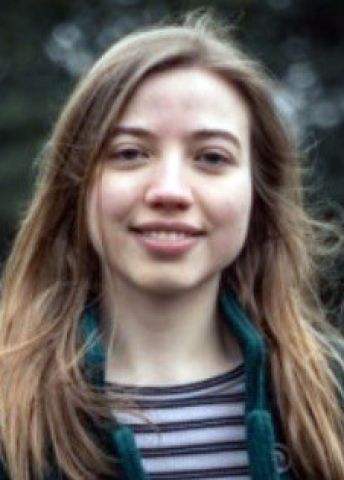
Program for mathematics 2024
Grant to a post-doctoral position abroad
Josefien Kuijper
Stockholm University
Postdoc at University of Toronto in Canada.
Grant to a post-doctoral position abroad
Josefien Kuijper
Stockholm University
Postdoc at University of Toronto in Canada.
Understanding geometry through elementary building blocks
Josefien Kuijper will receive her doctoral degree in mathematics from Stockholm University in 2024. Thanks to a grant from Knut and Alice Wallenberg Foundation, she will hold a postdoctoral position with Professor Elden Elmanto at the University of Toronto.
Algebraic geometry is the study of varieties, which are geometric shapes that can be described by algebraic equations. A simple variety is a circle with the radius r, which is described by the equation x2+y2=r2. An important tool for studying algebraic varieties are cohomology theories; instruments that turn algebraic varieties into simpler objects, such as groups or vector spaces. They are essential for understanding the algebraic and geometric information that is contained in algebraic varieties.
The circle is an example of an algebraic variety that is both smooth and complete, meaning that the geometric shape does not cross itself or show other singular behavior; and that it is closed and bounded. Smooth and complete varieties are better understood than arbitrary ones. Luckily, methods such as compactification and desingularization can be used to relate an arbitrary variety to varieties that are smooth and complete.
In the proposed project, Josefien Kuijper will use these principles, of “building arbitrary varieties from smooth and complete ones”, to understand cohomology theories better, and construct new ones. When is a cohomology theory uniquely determined by its behavior on varieties that are smooth and complete? What is the minimum amount of data needed to pin down a cohomology theory?
These questions are inspired by the work of Grothendieck and Deligne in the previous century. But modern tools, such as the language of infinity-categories, have already given rise to new perspectives and exciting results. Another aim of the project is to investigate how these new tools, combined with old principles, shed light on other concepts that date back to Grothendieck: the algebraic K-theory of the category of varieties, and six-functor formalisms.
Photo: Jelte Bergwerff